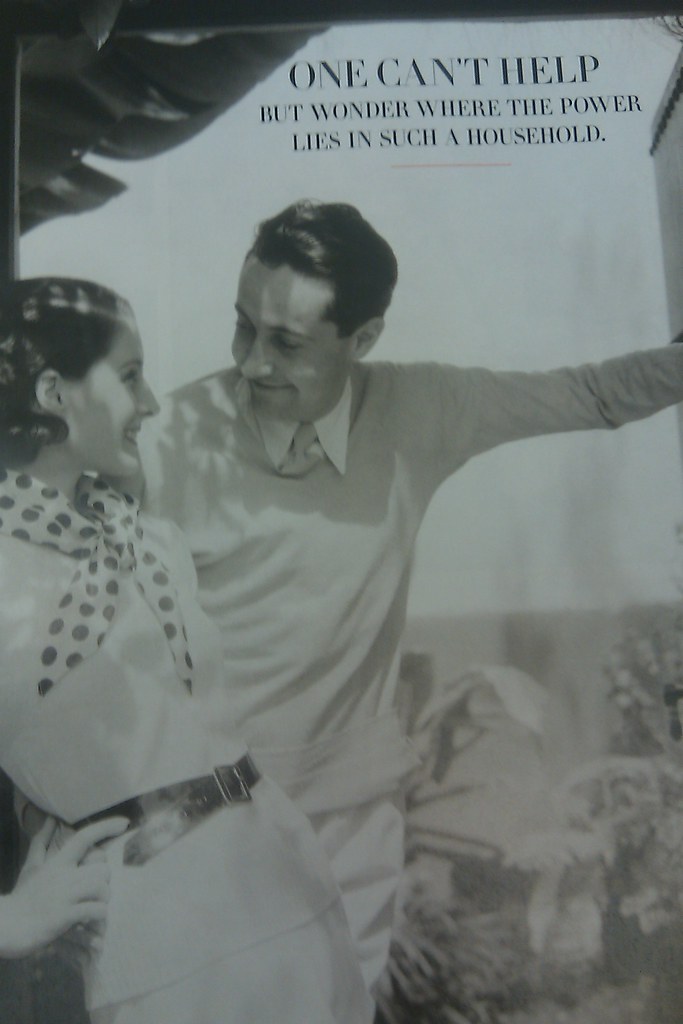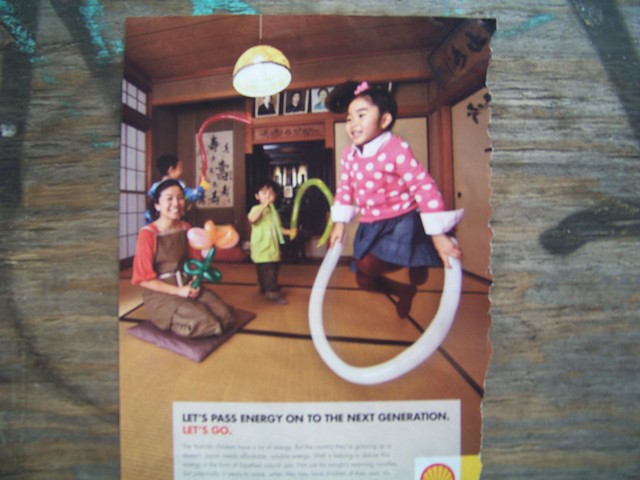 County Courthouse Corner
County Courthouse CornerRepresentation of Space:
As the County Seat of Athens County, the City of Athens hosts the Athens County Courthouse, located at 1 S. Court St. The site has been the courthouse location since 1808, but this is the third courthouse on the site, built in 1880 (http://www.ohio.edu/athens/bldgs/courthouse.html).
The square on the corner of S. Court and W. Washington St. is an interesting public space. When one looks at it, it is just a corner sidewalk area with two benches located on the sides and flowers and trees line the courthouse walls. The space is a paved open square, maintaining the paved sidewalk.
The square on the corner of S. Court and W. Washington St. is an interesting public space. When one looks at it, it is just a corner sidewalk area with two benches located on the sides and flowers and trees line the courthouse walls. The space is a paved open square, maintaining the paved sidewalk.
The space is wide enough that it could have been filled in with grass, but the paved ground allows for people to easily access the side doors of the Courthouse. It is a seemingly open, unmonitored space next to the courthouse, but when one looks closely, there are cameras mounted on the Courthouse which monitor the space, as seen below, and signs posted on the corner trashcan indicating that order be maintained.
The City of Athens website is a bit cumbersome to navigate, and although there is likely a form required in order to protest outside of the courthouse specifically, our group was able to uncover a required form governing the use of signs.
http://www.egovlink.com/public_documents300/athensoh/published_documents/Code%20Enforcement/Applications%20and%20Permits/Temporary%20Sign%20Permit.pdf
This form requires that the specific size and location of signage must be stated, and may only be displayed for a maximum of 30 days.
Vending, another common activity that occurs in this space, also requires an application that is submitted along with a $50 initial application fee. This fee could be inclusionary, in that some organizations may not be willing afford the fee, or unwilling to compromise the amount in order to have their voices heard.
Athens County Courthouse as a representational space.
The country courthouse is used by the public to demonstrate outrage against unwanted social and political measures imposed upon them by another group or government power. Though the courthouse itself is a facet of government, the steps of this courthouse can be used to protest the government in question. People who use this place use it for its proximity to the center of town as well as it’s visibility on the busiest street in Athens. These uses of the space support its design as the steps are relatively large and open to the public, allowing demonstrations and protests to be seen by a multitude of passersby. It is important to note that, as this public space is often used by a collective of people, what is absent is the individual.
To show this space as a representational, or “live-in”/appropriated, space we need only to look at how certain groups have used this space:
-An article by The New Political shows how  teachers of Athens County schools, as well as professors from the university, used the county courthouse steps to protest the Senate 5 bill signed into law by Gov. Kasich, effectively cutting off teachers’ rights to collectively bargain and outlawing the use of strikes to gain better working conditions and wages. They use this space to claim their rights as workers. (http://thenewpolitical.com/2011/02/22/controversial-labor-bill-hits-close-to-home/)
teachers of Athens County schools, as well as professors from the university, used the county courthouse steps to protest the Senate 5 bill signed into law by Gov. Kasich, effectively cutting off teachers’ rights to collectively bargain and outlawing the use of strikes to gain better working conditions and wages. They use this space to claim their rights as workers. (http://thenewpolitical.com/2011/02/22/controversial-labor-bill-hits-close-to-home/)
 teachers of Athens County schools, as well as professors from the university, used the county courthouse steps to protest the Senate 5 bill signed into law by Gov. Kasich, effectively cutting off teachers’ rights to collectively bargain and outlawing the use of strikes to gain better working conditions and wages. They use this space to claim their rights as workers. (http://thenewpolitical.com/2011/02/22/controversial-labor-bill-hits-close-to-home/)
teachers of Athens County schools, as well as professors from the university, used the county courthouse steps to protest the Senate 5 bill signed into law by Gov. Kasich, effectively cutting off teachers’ rights to collectively bargain and outlawing the use of strikes to gain better working conditions and wages. They use this space to claim their rights as workers. (http://thenewpolitical.com/2011/02/22/controversial-labor-bill-hits-close-to-home/) -The courthouse was also at the center for the Rally to Reclaim America, which took place on January 21st, 2011, the one year anniversary of the Supreme Court case, Citizens United vs. Federal Elections Committee, which ruled 5-4 that money is a form a free speech, giving corporations the right to endorse public officials and politicians. (http://athensinteractivist.com/rally.html)
-The courthouse was also at the center for the Rally to Reclaim America, which took place on January 21st, 2011, the one year anniversary of the Supreme Court case, Citizens United vs. Federal Elections Committee, which ruled 5-4 that money is a form a free speech, giving corporations the right to endorse public officials and politicians. (http://athensinteractivist.com/rally.html)It should also be noted that this space can be used by both students, as well as permanent community members. Despite the common tension between these two groups, neither are excluded from using this space and are welcome to use it (after obtaining permission). In September of 2007, residents from the south-side were protesting the construction of The Summit, the now successful off-campus housing project. Citizens argued against the construction citing environmental concerns, as well as an increase in traffic in the area.
(http://www.thepost.ohiou.edu/content/neighbors-voice-objections-student-housing-proposal)
The Courthouse as a "Space for Representation"
This spring featured two instances of local groups coming together to use the courthouse as a gathering place to present their social and political messages. On March 17, the Post reported that 75 people gathered there to protest Ohio Senate Bill 5. The crowd chanted "Kill the bill," "What's disgusting? Union busting!" and "They say budget; we say bullshit!" as they took control of the area and used it to exercise their right to assemble.
Quoting from the Post: “The rally is an important component, but it’s not enough,” said [Beth] Clodfelter. “There is a power in being heard and that’s what we’re doing here, but we can always do more.”
The other event took place on April 9th. The university LGBT community opened their Pride Week events with an hour rally at the courthouse.
Again from the Post: “I want people to step out of the comfort zones and educate themselves. There is a lot we all can learn,” said Amelia Shaw, vice commissioner of LGBT affairs.
There are interesting things embedded in these articles. First, the first group of protesters felt empowered enough to use profanity in public. As Athens is a university town, it's expected that groups of academics can get away with being slightly more rowdy. On the other hand, the courthouse is bracketed with surveillance cameras. If the authorities wanted to find these protesters later, they would be able to.
The quote from Ms. Clodfelter makes a very salient point, too. They transformed the space into space for representation out of their desire to be heard, but she knows that even that is likely not enough--that further work must be done in Columbus if change is to occur.
Ms. Shaw's quote also has an additional layer if unpacked. She wants people to step outside of their comfort zone. Standing in front of the courthouse is likely comfortable enough for most people. It's standing in front of the courthouse with LGBT people that makes it less comfortable. That group taking control of that space threatens some people and makes them uneasy. By taking control of the space for representation, two things happen: First, the individual participants are empowered by being part of the collective. Second, those who are uneasy have their fears assuaged by seeing the LGBT community come together peacefully.
There's no commandeering of space a la People's Park. As Carr discusses, nods to what is legal and customary are displayed. Some norms are likely challenged, but not enough to upset the balance of the city. Everyone knows the space isn't really given, either. It's loaned. The courthouse appears to be controlled, but less controlled because people here have all been conditioned. This throws it back into the realm of representational space.
The corner of Court Street and Washington Street is a high traffic area, both pedestrian and vehicle. Because of this, there is a need for strict rules to define the space as well as a desire for some to rebel against these rules. Having a courthouse placed there makes this an even more challenging process. There are people of all social, economical, and racial varieties frequenting this location. The steps outside the courthouse are commonly used as a gathering place to eat and mingle. Of course this was not the original intention but they seem to allow this activity because it is harmless and a method of constructively giving space back to the community. The annex of skateboarding and biking uptown is a major challenger of the uses of public space. Athens, being the varied community it is, promote biking and has a large skateboarding population but refuses to allow these activities on the busiest and most desirable streets uptown. Although some people may be harming the community while they are performing these activities uptown, a majority just use them as a mode of travel. Fortunately, the less invasive of the two, biking, is allowed on the street for commuting. Population density uptown, particularly on this corner, also promotes demonstrations and fundraisers they tend to be allowed. This represents a clear cohesion between what people want to do with the space and what is allowed. As with any public area, they are expectations of the public that can and can not be met, the Athens courthouse is no different.




 It is evident in all of them the different ways families or individuals can act at their home. There are different demographics as well as physical locations represented as well. Some people use the place of home for work and are able to incorporate their children into their daily life more than most. Although the work at home parent is gaining in popularity, a majority of adults still leave their home for work everyday. This makes for an interesting difference in a parents home and work life. As we discussed in class, the readings explained the different ways people view their home and how they act in it.
It is evident in all of them the different ways families or individuals can act at their home. There are different demographics as well as physical locations represented as well. Some people use the place of home for work and are able to incorporate their children into their daily life more than most. Although the work at home parent is gaining in popularity, a majority of adults still leave their home for work everyday. This makes for an interesting difference in a parents home and work life. As we discussed in class, the readings explained the different ways people view their home and how they act in it.  The three magazine ads accurately demonstrate the concept Gill Valentine explained about how people use home spatially and for personal fulfillment. The article "Putting Women in Place" is reference-able as well. The movement for women to have equal rights at home and in the work place is well documented in these ads. Magazines have long been a way of reaching a large viewing audience for advertisers. The three here are from rather different magazines but can all be tied together as a way of representing the way home and families have changed.
The three magazine ads accurately demonstrate the concept Gill Valentine explained about how people use home spatially and for personal fulfillment. The article "Putting Women in Place" is reference-able as well. The movement for women to have equal rights at home and in the work place is well documented in these ads. Magazines have long been a way of reaching a large viewing audience for advertisers. The three here are from rather different magazines but can all be tied together as a way of representing the way home and families have changed.